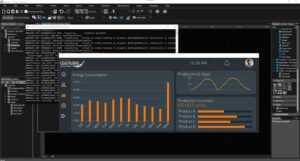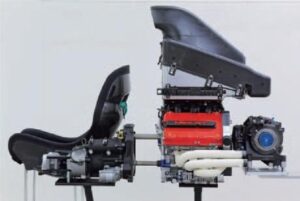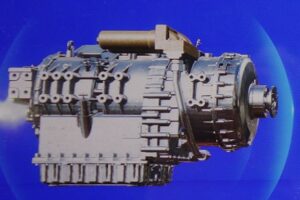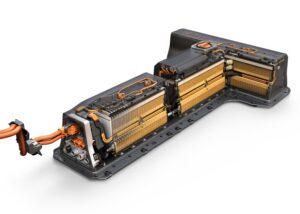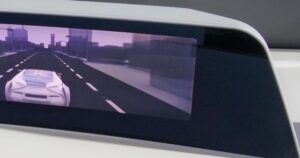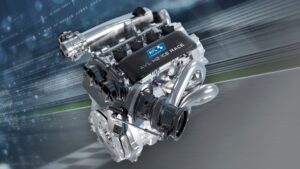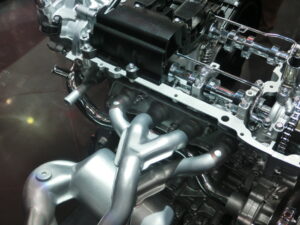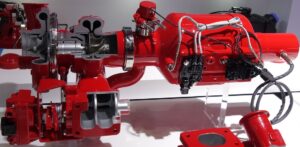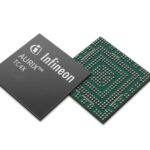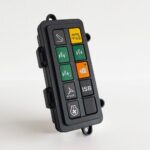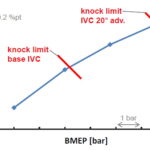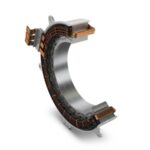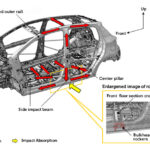ZF has further developed its ProAI high-performance computer for optical multi-gigabit Ethernet in automotive applications. Newly developed chips and connectors enable data to be transmitted via automotive-grade optical fibers according to the IEEE 802.3cz standard.
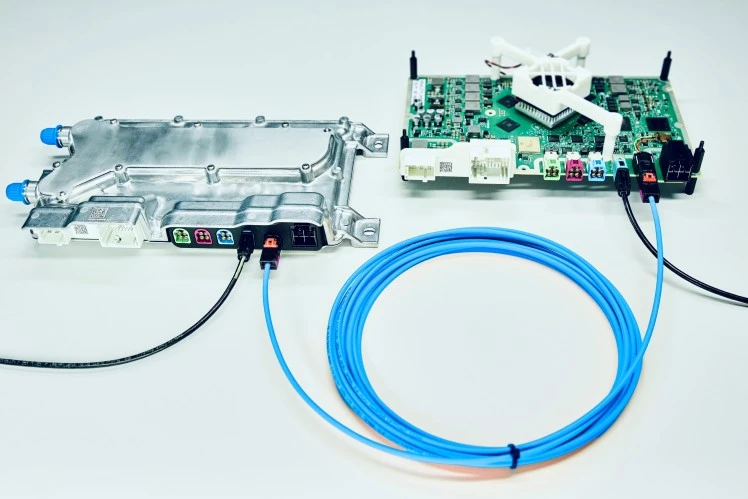
High data transmission rates and reliability are advantages of optical data transmission systems in the automotive industry. Optical systems such as “Media Oriented Systems Transport”, or MOST for short, were introduced in the automotive sector around approximately 20 years ago. These older systems relied on polymer fibers as the physical layer for data transmission. In contrast, the new standards, such as the optical multi-gigabit Ethernet according to IEEE 802.3cz-2023, are based on glass fibers, which offer a higher bandwidth and lower losses.
ZF sees the following main advantages in the use of optical multi-gigabit Ethernet for the automotive industry:
- 1. High data transfer rates: The standard supports data transfer rates of 2.5 Gbit/s, 5 Gbit/s, 10 Gbit/s, 25 Gbit/s and 50 Gbit/s. These high speeds are crucial to cope with the growing volumes of data generated by modern applications such as autonomous driving (ADAS), infotainment (IVI) and networked services.
- 2. Increased transmission distance: The new standards enable a significantly greater transmission distance compared to older optical systems or copper-based data transmission systems used in automotive applications. Optical multi-gigabit Ethernet can transmit data over distances of up to 40 meters, which is suitable for both short- and long-distance applications in all types of vehicles.
- 3. Weight saving: Compared to copper cables, the use of fiber optics saves a significant amount of weight, which in turn helps to reduce fleet consumption.
- 4. Reliability and longevity: The use of optical fibers (OM3) in accordance with the IEEE 802.3cz-2023 standard improves the reliability and longevity of data transmission systems. Optical fibers are not susceptible to electromagnetic interference and offer stable data transmission even under extreme environmental conditions. Galvanically isolated data communication between different voltage levels can also be realized. They are also more resistant to wear, which enables long-term use.
- 5. Energy efficiency: Optical data transmission systems based on the IEEE 802.3cz-2023 standard are more energy efficient than conventional copper-based systems. They require less energy for data transmission, which leads to a reduction in overall energy consumption in the vehicle. This is particularly important for modern automobiles, where energy efficiency plays a critical role.
- 6. Scalable and future-proof: Optical multi-gigabit Ethernet is future-proof and scalable, as it is possible to upgrade new high-performance computers (HPCs), electronic control units (ECUs) and multi-domain computers (MDCs) to higher data transmission speeds without having to change the existing optical cabling components. This facilitates the integration of new technologies and functions in future vehicle generations and ensures the systems meet the increasing requirements.
- 7. Lower costs due to high production volumes: The OM3 optical fibers specified in the IEEE 802.3cz-2023 standard are widely used worldwide and are already being produced in large quantities. The current high production volumes of VCSELs (laser diodes) and photodiodes for use in the specified wavelengths are also very high. This leads to cost savings in production and makes the technology economically attractive for series use in the automotive industry.
- 8. Improved communication channels: Optical multi-gigabit Ethernet offers near-ideal communication channels with low physical layer complexity. This results in lower equalization complexity, no echo cancellation and therefore lower power consumption, lower latency and overall more cost-effective solutions. A specially dedicated operations, administration and maintenance (OAM) channel also ensures high reliability and efficient link management.
Intensive tests have confirmed the suitability of this technology for use in cars, trucks, buses and shuttles and have proven its robustness under various operating conditions.

